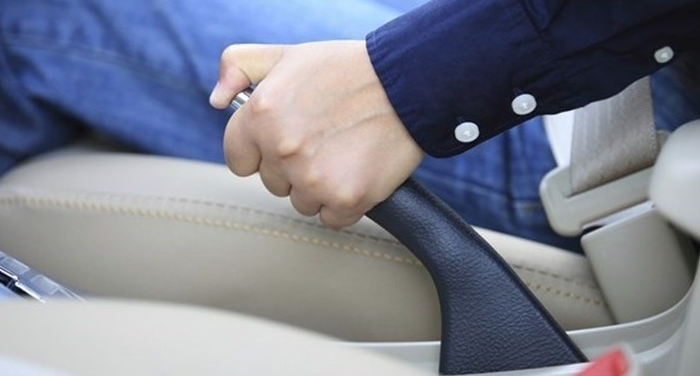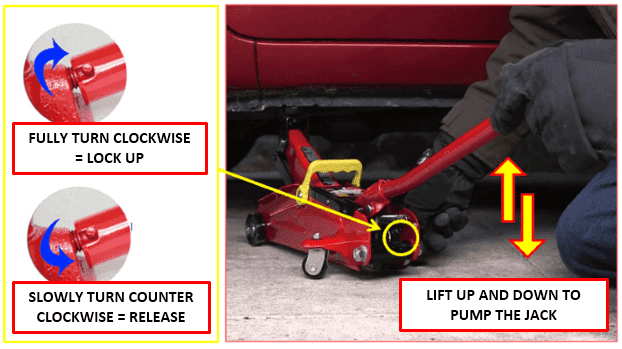How to jack up a car safely
For a mechanic or certified technician, jacking up a car is a common, easy thing to do. But not for ordinary people. Jacking up a vehicle can be very difficult and dangerous if not done carefully.
Yes, jacking up a car should not be done carelessly because many conditions can eventually harm the vehicle or the safety of the person who jacked it up.
In the following article, we will inform you how to jack up a car safely so that the repair activities you do, such as changing tires or doing works underbody, can be done safely and comfortably.
1. Prepare all tools, including safety equipment
The first step to jack a car safely is to prepare all the jack tools such as a jack set suitable for lifting your car's weight, jack stands, tire slip stoppers, manual repair book, and repair tools. Also, prepare hand gloves to protect your hands.
2. Put the car on flat, hard, and strong surfaces.
Before you start jacking the car, make sure the car's position is in a hard and strong flat surface area, for example, on asphalt or concrete road surface. Avoid jacking up the car on soft or grassy dirt roads.
If the road conditions are not possible (you don't find any asphalt and concrete roads), make sure the jacks support are hard enough, or you can prop them up with a beam that is wide and strong enough to support the jack.
The reason is, if the place for the jack rests is not hard enough, the car will not lift, but the jack will sink into the ground.
3. Pull the hand brake and prop the tire
Use the tire support or tire slip stoppers to prop the tire (put on the opposite side from your jacking point), and make sure to pull the handbrake to ensure the car is not moving when you are jacking up.
4. Put the jack on the right jacking point
After positioning the vehicle in a safe place to jack up, now is the time for you to find out the jacking point on your car. This jacking point is the strongest position on the car frame used to hold the car's weight when it is lifted. The following are the jacking point that is commonly used.
I. Monocoque frame car
Examples of cars with a monocoque frame body include the Toyota Corolla, Suzuki Swift, Mitsubishi Lancer EVO, etc. Below is the jacking point on most sedan vehicles with monocoque frame body.
II. H frame car
Examples of cars with an H frame, Toyota Hi-lux, Mitsubishi Triton, Montero Sports, Isuzu D-Max, etc., included in the MPV car class. Below is the jacking point on most H frame vehicles.
Note: The jacking point above is only a general illustration of the car. Make sure to read the owner's manual you have.
5. Know how to use a car jack safely
After you know the jacking point, the next step is to use the jack correctly and safely. It should be noted that there are several types of car jacks. For example, the scissor jack, bottle jack, or floor jack.
Each model has a different way to raise and lower the jack. You have to rotate the jack lever for the scissor jack, while for the bottle jack and the floor jack, you need to pump up and down the lever.
For a more straightforward way of using the car jack, you can read the following article about using a car jack that has been posted before.
6. Use the jack stand for safety
After you have successfully jacked up the car, the last step you need to take for safety while jacking up is to add a vehicle support tool known as a Jack Stand.
It should be noted that leaving the jack in the lifting position carries a high risk. The jack serves only to lift temporarily, but not to be a wedge.
Therefore the Jack Stand serves to replace the car jack so as not to hold the weight of the car for too long, which can endanger safety.
If you don't have a Jack Stand, you can take advantage of a car tire that has a wooden block added on it to maintain safety if at any time the jack slips or drops suddenly.







